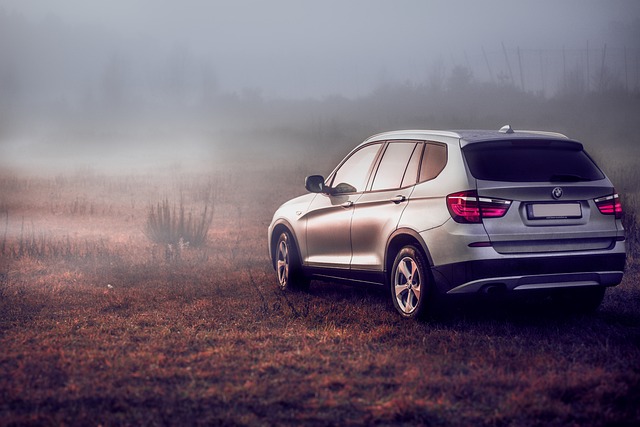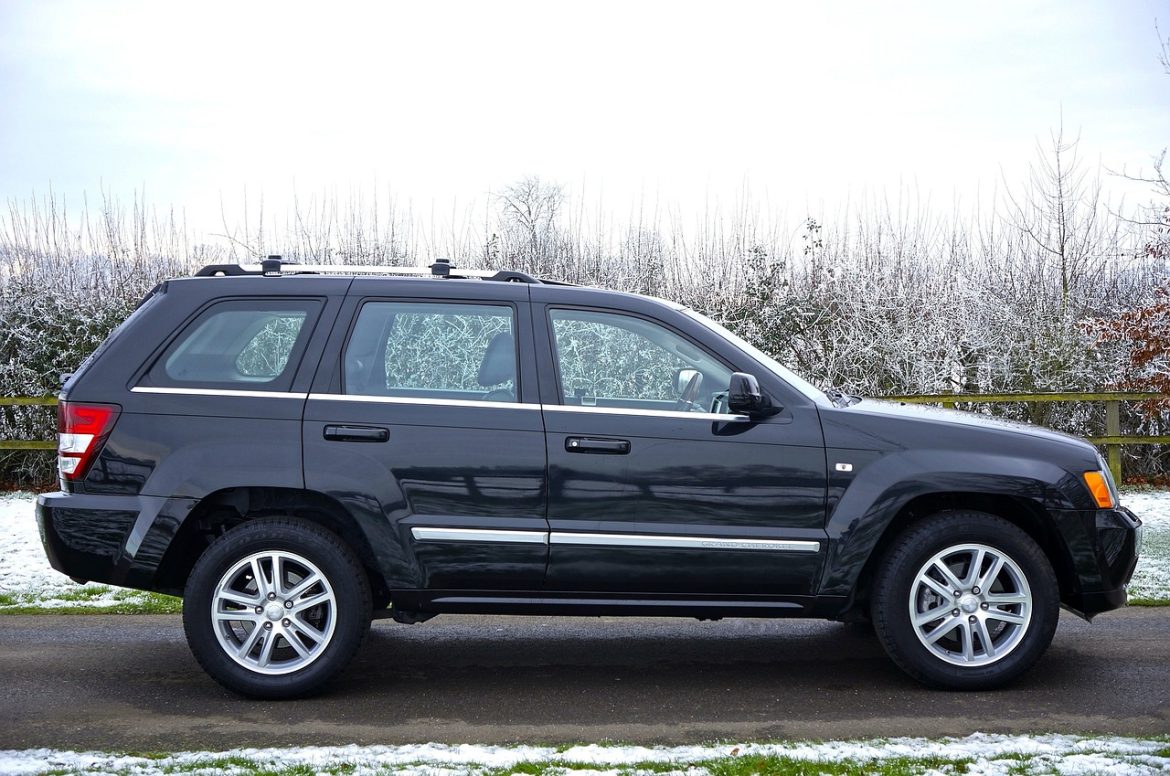From tough off-road vehicles to adaptable family haulers and luxurious vehicles, sport utility vehicles, or SUVs, have undergone significant change. This article explores SUVs&8217; types, histories, features, and market trends, emphasizing their varied appeal and ongoing appeal in the automotive sector.
Introduction to SUVs
A sizable portion of the automotive market is made up of sport utility vehicles, or SUVs, which are distinguished by their sturdy construction, increased ground clearance, and adaptable features. SUVs were first created for off-road excursions, but they have since evolved to meet a variety of customer demands and tastes.

Evolution of SUVs
- Early History: Military vehicles and tough off-road forerunners such as the World War II Jeep Willys are the ancestors of SUVs. These cars were renowned for their toughness and capacity to handle difficult terrain.
- Consumer Adoption: During the 1980s and 1990s, SUVs became more and more well-liked by buyers looking for cars that offered both passenger comfort and utility. Suburban family transportation came to be associated with models such as the Ford Explorer and Chevrolet Blazer.
- Segment Diversification: In the 2000s, the SUV market began to diversify into a number of different segments, such as full-size SUVs, mid-size SUVs, and compact SUVs, each of which catered to distinct consumer preferences regarding features, performance, and size.
Types of SUVs
- Compact SUVs: Also referred to as crossover SUVs, these cars combine the characteristics of a conventional SUV with the handling and fuel efficiency of a car. The Ford Escape, Toyota RAV4, and Honda CR-V are a few examples.
- Mid-Size SUVs: Popular options for families and adventure seekers, mid-size SUVs such as the Ford Edge, Honda Pilot, and Toyota Highlander strike a balance between space, capability, and fuel efficiency.
- Full-Size SUVs: Distinguished by their roomy cabins, ability to tow, and frequently opulent features, full-size SUVs like the Cadillac Escalade, Ford Expedition, and Chevrolet Tahoe are excellent for carrying big groups and towing boats or trailers.
- Luxury SUVs: The BMW X5, Mercedes-Benz GLE, and Audi Q7 are examples of luxury SUVs that combine high-end materials, cutting-edge technology, and potent engines to appeal to wealthy buyers looking for comfort.

Features and Technology
- Advanced Safety Features: To improve driver and passenger safety, modern SUVs are outfitted with cutting-edge safety features like adaptive cruise control, lane departure warning, blind-spot monitoring, and automated emergency braking.
- Infotainment systems: Many SUVs come equipped with touchscreen interfaces, navigation, high-end sound systems, and smartphone integration (Apple CarPlay, Android Auto). These features provide convenience and entertainment while driving.
- Hybrid and Electric SUVs: The Ford Escape Hybrid, Tesla Model X, and Toyota RAV4 Hybrid are just a few examples of hybrid and electric SUVs that are becoming more and more popular due to their lower emissions and fuel efficiency.
Market Trends
- Trend toward SUVs: Due to consumer demand for increased seating, versatility, and perceived safety benefits, SUVs have surpassed traditional sedans in popularity.
- Personalization and Customization: To cater to a wide range of consumer preferences, automakers provide SUVs with a variety of trim levels, packages, and customization options, ranging from luxurious interiors to tough off-road capabilities.
- Global Market Growth: Growing disposable incomes and shifting consumer preferences for roomy and adaptable cars are driving down demand for SUVs in emerging markets like China and India.

Considerations for Buyers
- Budget and Financing: When buying an SUV, take into account initial costs, maintenance, and insurance. You should also think about financing options like loans or leasing.
- Use and Needs: Choose the right size, features, and capabilities for the car based on your lifestyle needs, such as commuting, family transportation, or outdoor excursions.
- Resale Value: To make an informed choice that fits with your long-term financial objectives, compare the resale values and depreciation rates of various SUV models.
- Test Drive and Comparison: Prior to making a final purchase decision, test drive a number of SUVs to evaluate features, comfort, visibility, and driving dynamics. Examine ratings and reviews from car owners and experts.
Conclusion
From their tough origins, sport utility vehicles (SUVs) have developed into adaptable automobiles that meet a wide range of customer demands and preferences. SUVs continue to rule the global auto industry thanks to improvements in safety features, technology, and environmental concerns. Understanding the types, features, market trends, and considerations for buying an SUV empowers consumers to make informed decisions that align with their lifestyle and preferences in today&8217;s dynamic automotive landscape.
